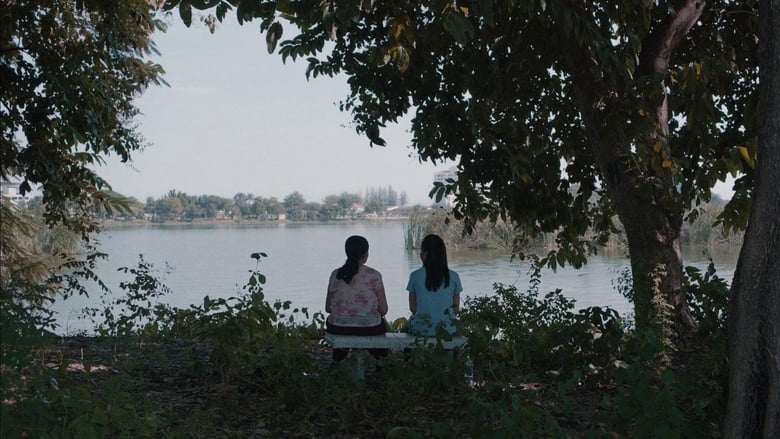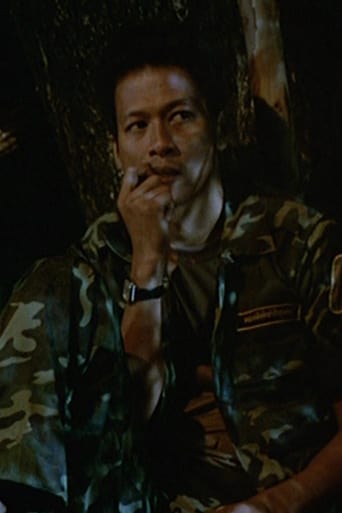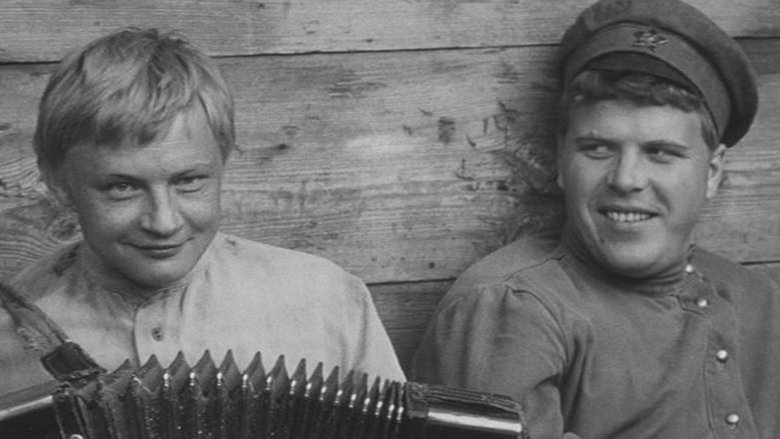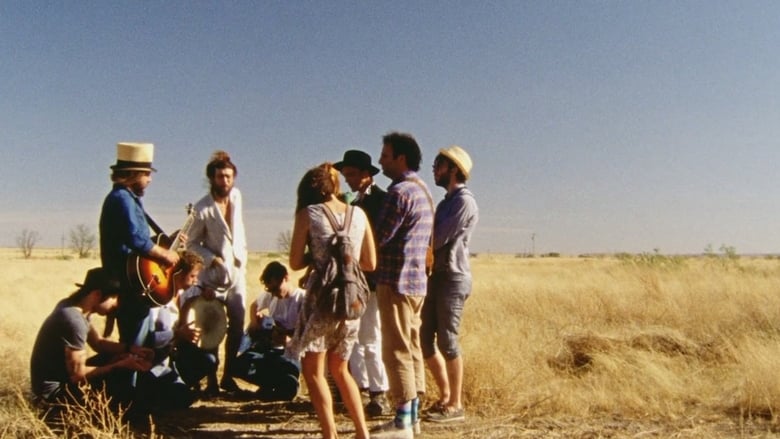In a hospital, ten soldiers are being treated for a mysterious sleeping sickness. In a story in which dreams can be experienced by others, and in which goddesses can sit casually with mortals, a nurse learns the reason why the patients will never be cured, and forms a telepathic bond with one of them.


Similar titles




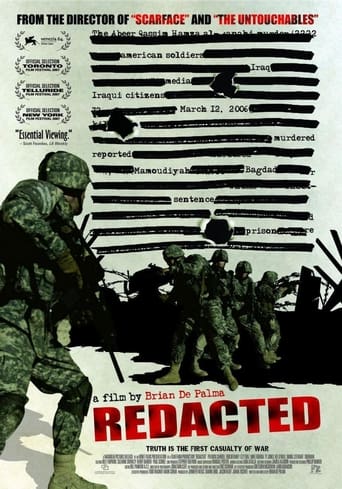



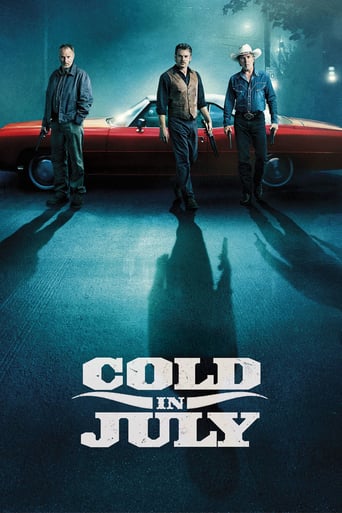

Reviews
It was initially the synopsis of the movie that made me give "Cemetery of Splendor" (aka "Rak ti Khon Kaen") a chance and sat down to watch it, plus the fact that it is a Thai movie - as I do enjoy Asian cinema quite a lot."Cemetery of Splendor" is a rather slow paced movie, and there is very little happening, so it becomes a rather tiresome affair to keep focus on the movie and it is a struggle to have the interest maintained on the storyline. And running at two hours, then your will to continue will be challenged to its limits. I found myself checking the time stamp of the progress of the movie frequently because it felt like an eternity of getting nowhere in the movie. I managed to get almost halfway through the movie before I gave up out of complete and utter hopelessness and boredom.The characters in the movie seemed fairly one-dimensional and were lacking personalities and outstanding traits. They could essentially have been portrayed by one and the same actor, because it was hard to differentiate the individual characters. The audience can't really connect with the characters in the movie as they are essentially faceless and one-dimensional, so you have no bond or association to the characters. And it didn't help that most of the dialogue throughout the movie was delivered with a lack of convicting and impact. It became a bit too much when you saw a guy sitting in the bush and actually defecating. Sure, I know that this is how it is done in certain parts of rural Thailand, but come on, this was a scene that was not necessary to show on the screen, and it served absolutely no purpose for the story.I will say that the actors and actresses in the movie were doing good enough jobs with their roles and characters, despite being so hindered by a lack of thorough script and storyline.The pacing of the movie was unfathomably slow, as I stated earlier, and prolonged shots of people sleeping, rural landscapes with nothing happening, random people exercising in the park, and other such pointless things didn't really help to improve the movie in any way. "Cemetery of Splendor" is slow and uneventful to say the least. However, despite this dull and mind-numbing slow pace, then there is something aesthetic and profound about the movie and its editing.I think what writer and director Apichatpong Weerasethakul was trying to accomplish with this movie was lost on me, or somehow lost in transition.
When watching Cemetery of Splendour or any of Weerasethakul's films one needs to recall Susan Sontag's "Against Interpretation" because any fraught attempts to find out "what it means" is pointless and can only diminish the work. For the first time since Andrei Tarkovsky's death has a director so keenly picked up on Tarkovsky's views of what film could and should be and begun to carry the torch, making each Weerasethakul film a treasure, because it is all about the poetic experience and the boundless possibility of the cinema: film as dream, film as memory, film as history, film as life and most importantly film as a spiritual and seamless transitory mixture of all of the above. His images stick with you for a lifetime. His films roll with associations and pure natural beauty fixating the filmic experience as memories of a collective past, near or distant. He scrapes the subconscious mind, brings the viewer into a sublime world of the surreal, the magical, while managing to remain rooted in reality, and at times in the mundane leisure of a slow-paced life that flows like the Mekong River, a place that Weerasethakul finds himself time and time again.Cemetery of Splendour takes place near the Mekong in Khon Kaen, Thailand, in which Thai soldiers find themselves in an old rural hospital that once functioned as a school, beset by a mysterious supernatural-like sleeping disorder where they sleep nearly non-stop in small cots day and night, occasionally waking up. Nurses and volunteers sit by their besides, talk to them, wash them, etc. The cots are all connected to a series of long curved incandescent tubes that glow gloriously, pulsating vibrant colors from green to red and red to blue and back to green, captured beautifully by Weerasethakul's camera. Outside the government is digging up ground with the rumored intention of relocating the hospital. Children play in the dirt mounds and life happens. These are the parts of Weerasethakul's films that there is no need to explain. It adds dimension to the life that is taking place within the film. It is past, present and future overlapping one another.One of the volunteers is Jen (Jenjira Pongpas Widner a Weerasethakul regular), a woman that walks with crutches, one leg longer than the other. Jen helps one of the soldiers in particular, a soldier by the name of Itt (Banlop Lomnoi). Something draws her to this boy, maybe because his bed is where her desk once sat years earlier when she attended school there. Weerasethakul is constantly doing this in nearly all of his work, he has an impeccable ability to leave the temporal and spatial planes of existence undefined, allowing them to flow into and through one another whenever the need arises. She states early in the film that she feels as if she had become "synchronized" with the soldiers, a bad sleeper she is sleeping easier now that she is back in Khon Kaen, as if the "soldiers are sleeping for her." She begins to feel that Itt is the son she never had. The scenes in which she bathes him have a beautiful and careful intimacy reminiscent of Camera's nurse character bathing Alicia in Talk to Her. Itt begins to wake up. They take walks, talk intimately about their lives, eat and just as suddenly as he awakes he can fall back to sleep. There is a very interesting character who Jen also befriends rather quickly by the name of Keng (Jarinpattra Rueangram) a medium who can see into the soldiers past lives while they are sleeping and can communicate with the soldiers in their dreams (and possibly bridge reality and dream between characters). The mood of accepting a ghostly history runs through Cemtery like veins, Weerasethakul blends the supernatural with conservative realism more matter-of-factly than possibly any director before. Jen is a pious woman who takes animal statuettes (that illicit the power of various prayers) to a temple where she goes to pray to two Laotian goddesses. We see her do this with her American husband—Jen's real life husband as well, a way for Weerasethakul to mix fiction and reality—and in the next seen we find Jen in the park eating a snack approached by two women who think her for the animal statuettes that she honored them with. The two women claim to be the long dead Laotian princesses (turned goddesses) that Jen prays to daily, yet the scene takes plays like any other daily meeting; it is this spatial and temporal convergence that marks Weerasethakul's work and only continues to build throughout Cemetery of Splendour. The goddesses also relate to Jen that the improvised hospital is buried on an ancient cemetery for kings and soldiers who continue to do battle without the constraints of life as we know it or time as we know it and they drain the energy from the soldiers which is why the soldiers can never get better. In a place where death, life, past and present are so active one cannot escape the past, for better or for worse; these are the staples of Weerasethakul's world, with the message that says, you might as well embrace the sublimity of it all, because we are surrounded by the ghosts of everything that has come before and will become ghosts as well.
I'd normally start a review by describing what I thought the basic plot of the movie was. In this case, to say Cemetery of splendor has a plot to follow or think about would be misleading. I am not exaggerating when I say that. I don't think I have ever seen a movie that didn't once seem to have any desire to invest me in its story.The performances, despite the actors having extremely minimal demands from the script, were stiff and unconvincing. The "characters" barely seem like real people, reacting to events and other characters robotically and undramatically. Virtually nothing of consequence happens to anybody the whole movie. The characters certainly don't act like it, and the whole experience comes off as disconnected and distant. There is no narrative thrust and nothing to connect to.The only positive thing I have to say about Cemetery of Splendor is it looks pretty. Most of the shots in the movie would make for very nice-looking stills. However, the movie holds on most of its shots long past necessary. Nothing is being communicated to the audience, and there is no important revelation to absorb, such as in movies directed by Steve Mcqueen, Micheal Haneke, Stanley Kubrick, or any number of directors that use long picturesque shots.If I were to sum up Cemetery of Splendor in a word, it would be unmemorable. It fails to entertain, emotionally involve, or intellectually stimulate. Unless you are looking to turn off your brain and stare at a series of pleasing images for two hours with some minimal ambiance, I would not recommend Cemetery of Splendor
A young woman sings to her lover in public, ancient kings use the energy of sleeping soldiers to fight battles and figurine princesses come to life and discuss things like skin-tone and how much they appreciate offerings. Such characters and scenes are not brought about through computer animation, elaborate costumes or thrilling action sequences, but mundane and leisurely compositions.The film follows Jen and Keng, local women who voluntarily visit and help care for soldiers in a remote and tiny hospital. The soldiers seem to be under the sway of a spell or perhaps dreams and thoughts of their own making. Keng is a psychic and has the ability to communicate to the soldiers in their sleep. The whole film is something of a meandering daydream or series of magic spells, which is both good and bad. It is cerebral, loosely organized and full of depth. It is a kaleidoscope of Thai culture, lawn ornaments, colored lights, dreams and figures from the past, present and future, among other things. According to the TIFF catalog the film blends "neuroscience, Khmer animism, meditations on war and death, and the quotidian details of everyday life in a small village." They mention this, of course, just in case you caught too much Khmer animism and neuroscience in previous films. Seen at the Toronto International Film Festival 2015.

